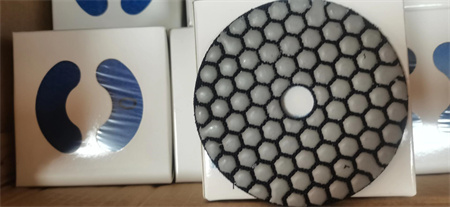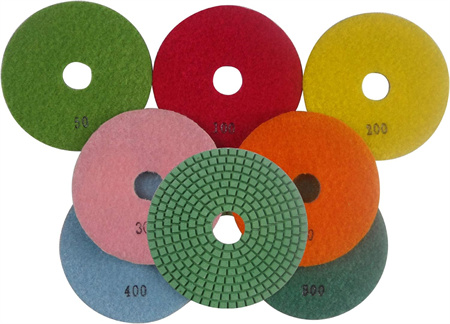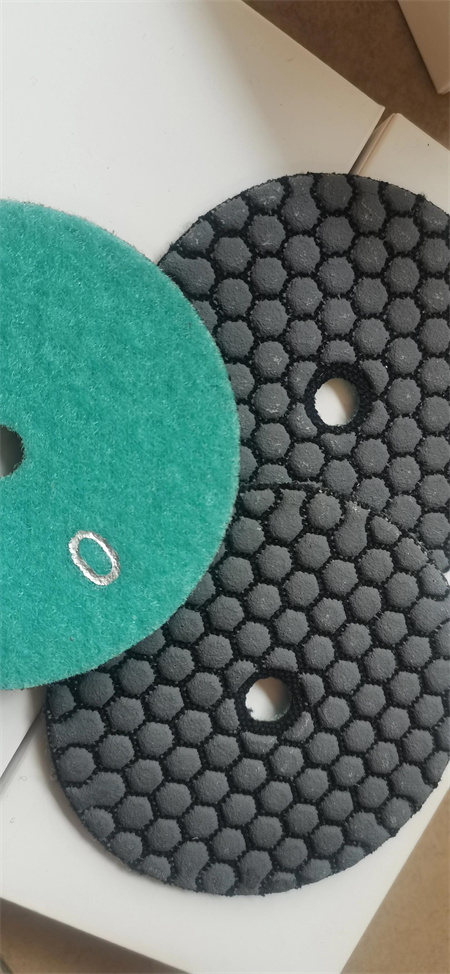Spotting Counterfeit Diamond Pads in the Market
In recent years, the popularity of diamond polishing pads has surged across various industries, especially in construction, stonework, and even automotive detailing. These pads, prized for their precision and durability, help in achieving a smooth, polished finish on a variety of surfaces, making them a must-have tool for professionals. However, with their increasing demand, counterfeit versions have begun flooding the market. These fake diamond pads not only undermine the integrity of the industry but also pose serious risks to both performance and safety.
The problem of counterfeit diamond pads is insidious because they often look strikingly similar to their authentic counterparts. The first indication that a pad may not be genuine often lies in its price. Authentic diamond pads come with a premium price tag, reflecting the advanced technology and quality materials involved in their production. Counterfeit versions, on the other hand, are often priced significantly lower. While it may seem tempting to opt for a cheaper alternative, doing so can result in subpar performance and faster wear-and-tear.
One of the most noticeable differences between real and fake diamond pads is the quality of the diamond grit. Genuine diamond pads use high-quality diamonds that are embedded into the surface for effective grinding and polishing. Counterfeit pads, however, often use lower-grade synthetic diamonds or even abrasive particles that can’t deliver the same level of efficiency. As a result, users may find that their pads don’t perform as expected. You may notice they take longer to polish surfaces or leave scratches and marks that weren’t present before.


Durability is, of course, one of the most critical factors for diamond polishing pads. A high-quality pad should be able to withstand numerous applications without losing its effectiveness. Unfortunately, counterfeit pads are often designed for short-term use and wear out much more quickly. After just a few uses, users may find the pad becoming increasingly ineffective, requiring more frequent replacements. This not only ends up being a waste of money but can also cause delays in projects, especially when professionals rely on these tools for time-sensitive work.
One effective way to verify whether a diamond pad is counterfeit is to check the brand’s certification and labeling. Authentic manufacturers often provide specific details, such as serial numbers, batch codes, or certificates of authenticity, which can be used to trace the product back to the original source. Checking these details before purchase, especially from online sellers, can save a lot of hassle in the long run. Moreover, authorized distributors or well-established suppliers are more likely to offer genuine products, so it’s worth sticking to these reputable sources.
It’s also wise to do a bit of research on the manufacturer or brand. If a deal seems too good to be true, it probably is. Counterfeit diamond pads often pop up through third-party sellers or lesser-known online platforms, which might lack the proper vetting processes. A quick search for customer reviews or product ratings can reveal whether the seller or product has a history of complaints related to counterfeiting.
Ultimately, buying counterfeit diamond pads not only results in subpar work but can also lead to unexpected costs and frustrations down the line. In the long run, investing in a high-quality, authentic diamond pad is worth the extra cost. It ensures better performance, longer lifespan, and ultimately a smoother, more professional finish on every project. So next time you find yourself in the market for new diamond pads, take the time to spot the fakes, avoid the cheap alternatives, and choose the real deal. Your work—and your wallet—will thank you for it.
